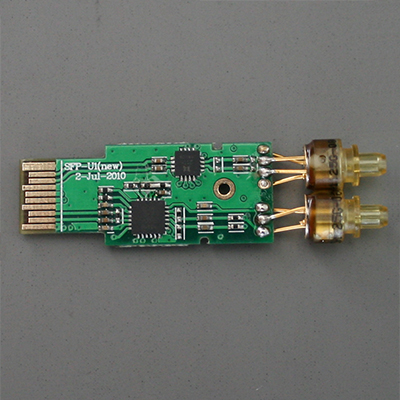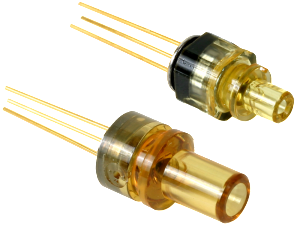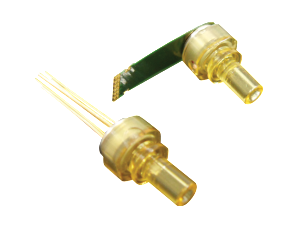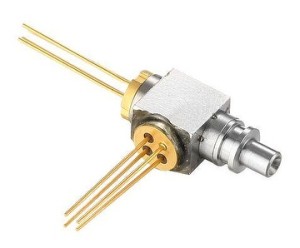Fiber optic transceivers are key components of fiber optic transmission network. They are designed in small form-factor with some integrated optical sub-assemblies which can be suitable for high-density network. The major cost components of a transceiver module are the transmitter optical sub-assembly (TOSA), which converts an electrical and the receiver optical sub-assembly (ROSA). However, inside a BiDi (Bi-Directional) transceiver (for example, a BiDi SFP), there is a component with called “BOSA” (Bidirectional Optical Sub-Assemblies) which acts the role of TOSA and ROSA but with different principles. What are TOSA ROSA and BOSA? And what’s their difference?

What Are TOSA ROSA and BOSA?
The TOSA consists of a laser diode, optical interface, monitor photodiode, metal and/or plastic housing, and electrical interface. Depending upon the required functionality and application, other components may be present as well including filter elements and isolators. It is used to convert signal into an optical signal coupled into an optical fiber cable.

The ROSA consists of a photodiode, optical interface, metal and/or plastic housing, and electrical interface. Depending upon the required functionality and application, other components may be present as well including amplifiers. It is used to receive an optical signal from a fiber and convert it back into an electrical signal.

The BOSA consists of a TOSA, a ROSA and a WDM filter so that it can use bidirectional technology to support two wavelengths on each fiber. The most valuable advantage of BiDi transceivers is saving much cost on fibers.

After reading the brief introduction of TOSA ROSA and BOSA above, I hope you could have a simple concept of these optical sub-assemblies. To purchase fiber optic transceiver modules, no matter what form factors, what data rates and what brands compatibility, I always recommend FS.COM as they can offer the most cost-effective products with a fast delivery service.
Related Articles:
Common Fiber Optic Transceiver Vs Bidi Fiber Optic Transceiver
Isn’t Compatible Transceivers Better Than OEM Modules?



